Returning to former glory
Amazing views, challenging golf

Desert Canyon Golf Course, a Jack Frei-designed layout, is back – and in a big way.
That should come as welcomed news to those who watched the one-time centerpiece of golf in central Washington, which opened to five-star reviews in 1993, deteriorate to a mere shadow of its former self in the early 2000s.
Once ranked by Golf Digest as the second-best conditioned course in the United States, Desert Canyon Golf Resort ran into some major money problems that resulted in a bankruptcy filing and a change of ownership. Under the new owners, the golf course seemed to get shortchanged, and those who played it on a regular basis were quick to note its decline.
In late December of 2007, however, the resort was purchased by Homestead Northwest, Inc., which seemed determined from the onset to bring the golf course back to revered status.
And head professional Mark Rhodes, who hired on earlier this spring, is convinced the new owners have succeeded it doing just that.
“While they were having (money) problems four or five years ago, I understand the condition of the course went downhill,” Rhodes explained. “Since I got here about five months ago, we’ve had a lot of people come through that used to play it in the old days, but kind of quit playing it because of those deteriorating conditions.
“But now that they’ve started coming back, the comment I hear most is, ‘Boy, Desert Canyon is back to what it was.’ ”
Rhodes would certainly get no argument from this corner, because I found the course to be as well-conditioned, fair, challenging and fun as I remembered it when I first played it a decade ago.
For openers, Desert Canyon’s look and feel are unique in the Pacific Northwest.
Carved out of the high desert terrain overlooking the Columbia River, the 7,285-yard layout offers a splendid target golf experience similar to what one might encounter in the desert Southwest. The views, however, are far superior, offering scenic panoramas of the river and Cascade Mountains.
Five sets of tees provide golfers of all skill levels a chance to name their degree of difficulty, and the diverse nature of the holes are remarkable. Elevation changes abound, with most of the fairways being defined by surrounding waste areas that can torture errant tee shots and the large, rolling greens providing ample opportunities to tuck pins in some difficult locations.
The four par 3s on the course range in yardage from 140 to 224 yards, and the 690-yard sixth hole, which plays dramatically downhill, remains one of the best par-5s on the planet.
“That’s still the most talked-about hole out here,” Rhodes said.
Under its new owners, Desert Canyon has been softened just a bit by the removal of some waste bunkers that had previously encroached almost unfairly into fairways, often punishing seeming solid tee shots.
But if the wind is whistling through the canyon like it normally does, Desert Canyon Golf Course can hold its own against anyone – especially now that it is back to being Desert Canyon Golf Course again.
Midweek 18-hole greens fees, which include a shared cart, range from $45.38 in early spring and late fall to $69.44 during the peak summer season (June 19-Sept. 27). Rates on Friday, Saturday and Sunday range from $55.55 to $91.55 during those same times of the year.
Special junior and senior rates are also available, along with discount card and annual pass rates.